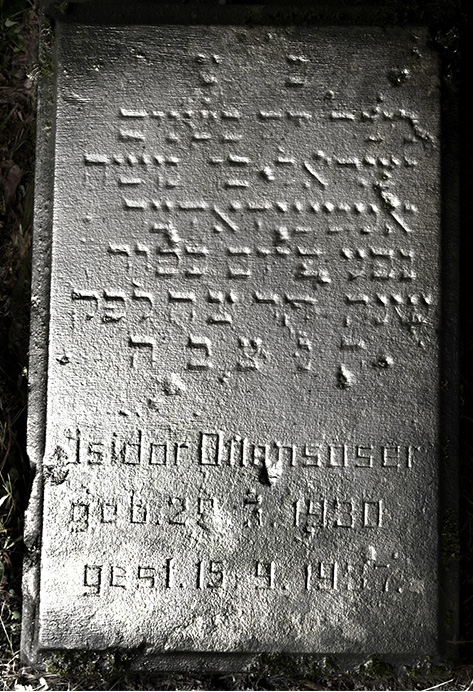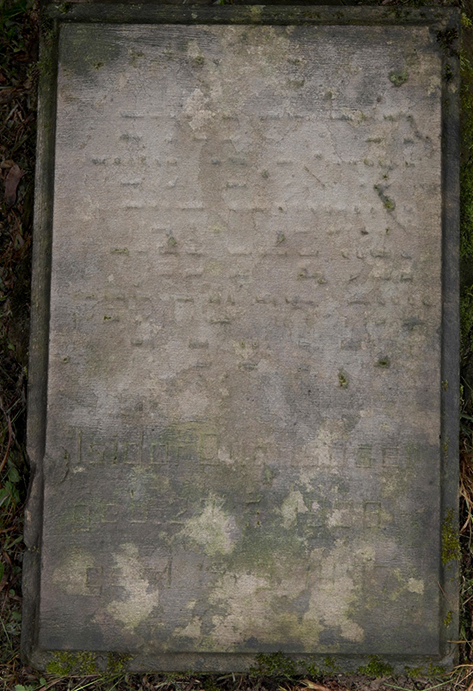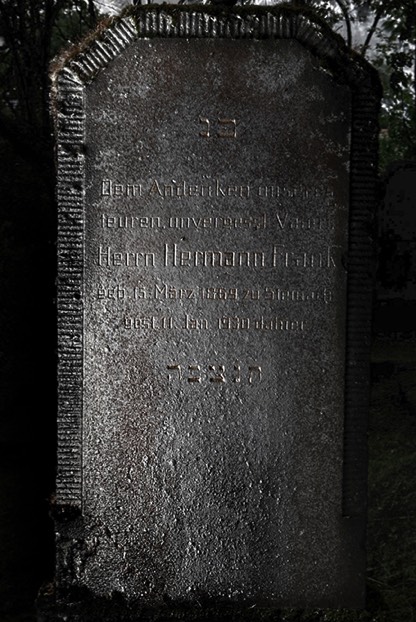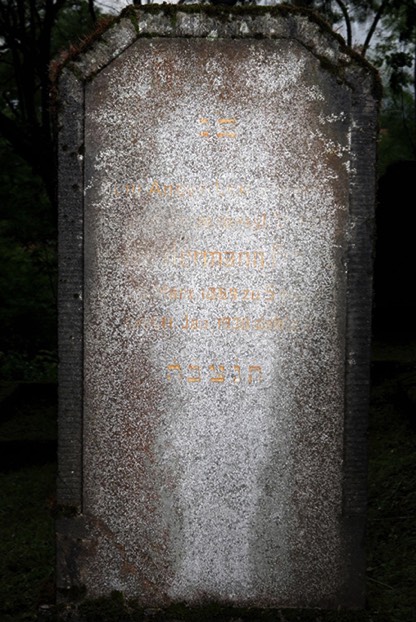RTI - Reflectance Transformation Imaging
“Originally termed Polynomial Texture Mapping (PTM), Reflectance Transformation Imaging was invented by Tom Malzbender at the Hewlett Packard Labs. The seminal paper describing the method was published in 2001.
RTI is a unique digital photographic technique aimed at enhancing the surface detail of objects through an algorithmic rendering of multiple registered digital images of the object, shot with controlled, varying, yet known light positions.
The light sources are positioned at a constant radius from the subject and surround it at incremental angles, forming a dome or hemisphere of light positions.
The photographs, anywhere between 40 - 70, are then fed into software which calculates the light positions (.LP file) and forms the basis for the creation of the final PTM file, essentially a virtual three-dimensional digital image light source that is controlled interactively.
The final image, viewed with a Java based RTI viewer, initially looks like a flat, normal photograph. The magic however starts with the ability of the user to intuitively and interactively move the virtual light source around the image by moving a mouse, zoom in and out, and change sharpness, contrast and other light and surface properties through a series of real time filters.”
Click for further information
RTI is a unique digital photographic technique aimed at enhancing the surface detail of objects through an algorithmic rendering of multiple registered digital images of the object, shot with controlled, varying, yet known light positions.
The light sources are positioned at a constant radius from the subject and surround it at incremental angles, forming a dome or hemisphere of light positions.
The photographs, anywhere between 40 - 70, are then fed into software which calculates the light positions (.LP file) and forms the basis for the creation of the final PTM file, essentially a virtual three-dimensional digital image light source that is controlled interactively.
The final image, viewed with a Java based RTI viewer, initially looks like a flat, normal photograph. The magic however starts with the ability of the user to intuitively and interactively move the virtual light source around the image by moving a mouse, zoom in and out, and change sharpness, contrast and other light and surface properties through a series of real time filters.”
Click for further information
“Originally termed Polynomial Texture Mapping (PTM), Reflectance Transformation Imaging was invented by Tom Malzbender at the Hewlett Packard Labs. The seminal paper describing the method was published in 2001.
RTI is a unique digital photographic technique aimed at enhancing the surface detail of objects through an algorithmic rendering of multiple registered digital images of the object, shot with controlled, varying, yet known light positions.
The light sources are positioned at a constant radius from the subject and surround it at incremental angles, forming a dome or hemisphere of light positions.
The photographs, anywhere between 40 - 70, are then fed into software which calculates the light positions (.LP file) and forms the basis for the creation of the final PTM file, essentially a virtual three-dimensional digital image light source that is controlled interactively.
The final image, viewed with a Java based RTI viewer, initially looks like a flat, normal photograph. The magic however starts with the ability of the user to intuitively and interactively move the virtual light source around the image by moving a mouse, zoom in and out, and change sharpness, contrast and other light and surface properties through a series of real time filters.”
Click for further information
RTI is a unique digital photographic technique aimed at enhancing the surface detail of objects through an algorithmic rendering of multiple registered digital images of the object, shot with controlled, varying, yet known light positions.
The light sources are positioned at a constant radius from the subject and surround it at incremental angles, forming a dome or hemisphere of light positions.
The photographs, anywhere between 40 - 70, are then fed into software which calculates the light positions (.LP file) and forms the basis for the creation of the final PTM file, essentially a virtual three-dimensional digital image light source that is controlled interactively.
The final image, viewed with a Java based RTI viewer, initially looks like a flat, normal photograph. The magic however starts with the ability of the user to intuitively and interactively move the virtual light source around the image by moving a mouse, zoom in and out, and change sharpness, contrast and other light and surface properties through a series of real time filters.”
Click for further information
“Creating the RTI
There are two basic methods to creating RTI images. The Highlight Method and the Dome Method. Following is a brief and somewhat simplifies summary of the two methods.
The Highlight Method
Using the Highlight Method, one or two red or black balls (snooker balls work well) are placed next to the object. The multiple registered pictures must include both the object and the ball. for each photograph the light source is moved hemispherically at fixed distance to the object. Finally, all the images are placed into a directory, and processed with the RTI Tracker software which searches for the black ball, recovers the light directions and builds a PTM from the dataset.
The Dome Method
The Dome Method is designed to semi automate the process and is thus suitable for volume work. In this method, the object to be imaged is placed inside a specially constructed dome into which the light sources have been embedded. These may be incandescent, flash or LEDs. The camera shoots through an aperture at the top. This way the light positions, once calculated do not change. The light position table upon which the PTM is created remains constant and therefore there is no further need for a black ball or highlight detection. The down side of the dome method is that the size of the objects that can be imaged is determined by the size of the domes. These are usually no more than 1 to 1.5 meters in diameter, subsequently limiting the size of object to no more than 20-30 centimeters.
RTI technology is catching on rapidly in the fields of Cultural Heritage conservation, painting analysis and preservation, archaeological research, rock art, wood, stone, pottery and surface textures. Paper conservation, etc. Likewise it is employed in law enforcement labs for such purposes as foot or tyre print enhancement. These are but a few of the many possible applications of RTI.”
There are two basic methods to creating RTI images. The Highlight Method and the Dome Method. Following is a brief and somewhat simplifies summary of the two methods.
The Highlight Method
Using the Highlight Method, one or two red or black balls (snooker balls work well) are placed next to the object. The multiple registered pictures must include both the object and the ball. for each photograph the light source is moved hemispherically at fixed distance to the object. Finally, all the images are placed into a directory, and processed with the RTI Tracker software which searches for the black ball, recovers the light directions and builds a PTM from the dataset.
The Dome Method
The Dome Method is designed to semi automate the process and is thus suitable for volume work. In this method, the object to be imaged is placed inside a specially constructed dome into which the light sources have been embedded. These may be incandescent, flash or LEDs. The camera shoots through an aperture at the top. This way the light positions, once calculated do not change. The light position table upon which the PTM is created remains constant and therefore there is no further need for a black ball or highlight detection. The down side of the dome method is that the size of the objects that can be imaged is determined by the size of the domes. These are usually no more than 1 to 1.5 meters in diameter, subsequently limiting the size of object to no more than 20-30 centimeters.
RTI technology is catching on rapidly in the fields of Cultural Heritage conservation, painting analysis and preservation, archaeological research, rock art, wood, stone, pottery and surface textures. Paper conservation, etc. Likewise it is employed in law enforcement labs for such purposes as foot or tyre print enhancement. These are but a few of the many possible applications of RTI.”
Roll over image to see the effect of the RTI



